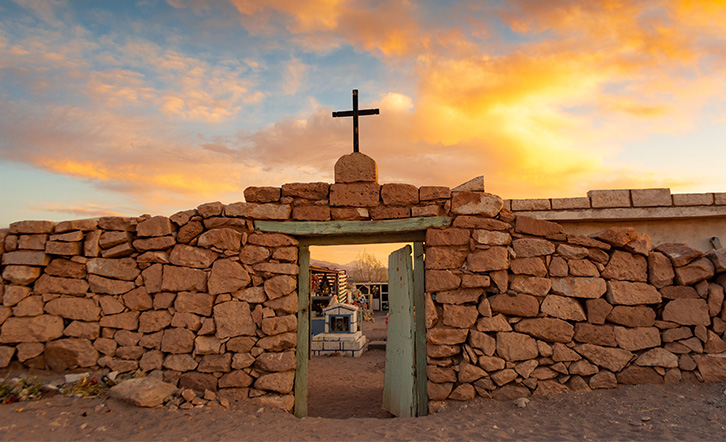UNVEILING THE COSMIC WONDERS: NABTA PLAYA, THE FIRST ASTRONOMICAL SITE IN THE WORLD
Introduction
Throughout history, humanity has gazed up at the night sky in wonder, seeking answers to the mysteries of the cosmos. Ancient civilizations around the globe were pioneers in observing celestial events and using them to mark important dates and seasons. Among these early astronomers, one site stands out as the world’s first astronomical observatory – Nabta Playa. Situated in the desert of Egypt, Nabta Playa is a remarkable testament to the ingenuity and fascination our ancestors had with the heavens above. In this blog, we will delve into the significance of Nabta Playa and how it played a pivotal role in shaping our understanding of the cosmos.
Unearthing Nabta Playa’s Ancient Origins
Nabta Playa, located around 100 kilometers southwest of Abu Simbel in Egypt, in the Kharga Oasis, within Egypt’s Western Desert, boasts a history that dates back over 6,000 years. It was initially discovered in the 1970s during an archaeological survey led by a team from the Combined Prehistoric Expedition. These researchers were astonished to find a series of megalithic structures in the barren landscape that seemed intentionally aligned with celestial objects.
The Astronomical Significance
Before the construction of grand observatories and high-tech telescopes, our ancestors looked to the night sky with wonder and curiosity. The celestial bodies that graced the heavens above influenced their beliefs, calendars, and agricultural practices. These ancient astronomers understood the patterns of celestial events, including solstices, equinoxes, and the phases of the moon, by carefully observing the stars’ positions over time.
The ancient people who inhabited Nabta Playa were keen observers of the sky, and their connection to the cosmos was deeply ingrained in their culture and spiritual beliefs. The site consists of several stone circles, alignments, and burial mounds, each with its own astronomical significance.
Solar Observations: The positioning of the stone circles and the alignment of certain structures with the sun indicate that the site was used to mark the summer and winter solstices. These astronomical events would have played a crucial role in determining the agricultural calendar and planning seasonal activities.
Lunar Observations: Alongside solar alignments, Nabta Playa also appears to have been a site for lunar observations. Certain structures align with key lunar events, such as lunar standstills, which could have guided the people in predicting tides and other lunar phenomena.
Stellar Alignments: Archaeoastronomers have found evidence of alignments with certain stars and constellations at Nabta Playa. These alignments likely played a role in various religious and spiritual practices, as well as aiding in navigation during night-time journeys.
Constellation of Orion: The three prominent stone circles found at Nabta Playa align with the belt stars of the Orion constellation. This alignment may have been significant in tracking seasonal changes and the movement of the celestial equator.
Cultural and Historical Significance
Nabta Playa not only served as an astronomical observatory but also holds cultural and historical importance. The site offers valuable insights into the daily lives, beliefs, and knowledge of our ancient ancestors. By studying the celestial events and their interconnections with human activities, we gain a deeper understanding of the intellectual achievements of early civilizations.
Preserving Our Astronomical Heritage
Despite its historical and astronomical significance, Nabta Playa is not immune to the ravages of nature and human interference. As our world continues to evolve, preserving such irreplaceable astronomical heritage becomes an urgent necessity. Archaeological efforts, conservation initiatives, and increased awareness are essential in safeguarding these ancient sites, enabling us to connect with our past and understand the origins of human fascination with the cosmos.
Conclusion
Nabta Playa stands as an awe-inspiring testament to the innate human curiosity about the cosmos. As the world’s oldest known astronomical site, it provides a window into the distant past when ancient civilizations observed the skies to understand the passage of time, the changing seasons, and their place in the universe. By studying and appreciating these early astronomical achievements, we connect with the shared heritage of humanity and foster a deeper appreciation for the wonders of the night sky. Let us ensure that Nabta Playa, this ancient sanctuary of knowledge, endures for generations to come, reminding us of our ancestors’ profound relationship with the cosmos. Let us treasure and protect such sites, ensuring that the legacy of Nabta Playa endures for generations to come, inspiring future explorers to gaze upon the stars with wonder and awe.




